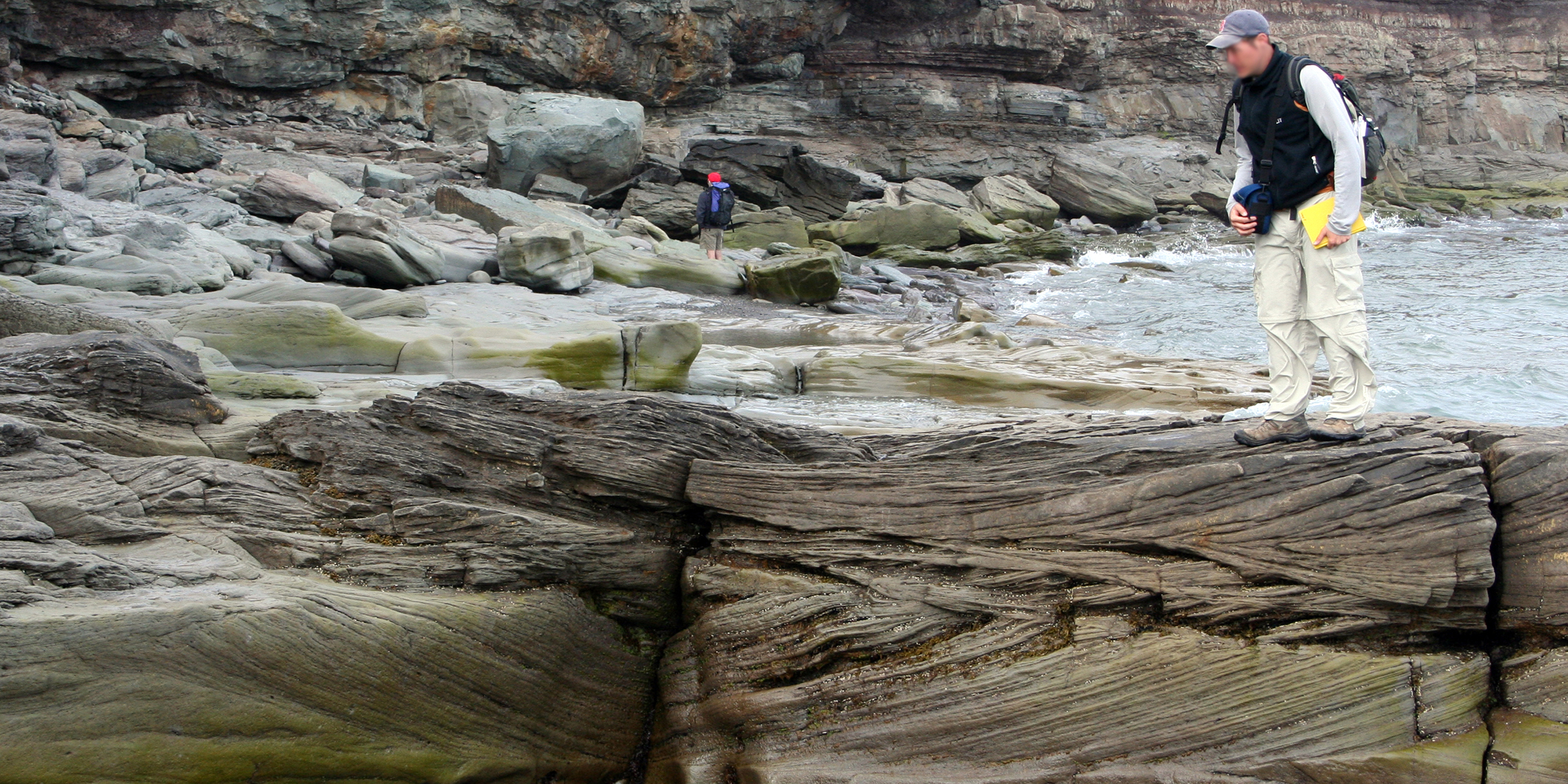In his book Conversations with the Earth, German geologist Hans Cloos described the moment when he “became a geologist forever.” It did not happen at university. It did not happen with the passing of an exam or the awarding of a degree. It happened one morning in Naples, Italy, when Cloos opened the window of his hotel room and saw the smoking cone of Vesuvius looming above the still-sleeping city. At that moment he had the realization that motivated a lifetime of creative work in geology: The Earth is alive.
Articles from August 2019
CAT scanning Earth
In geology, before the 1960s, we were taught the Earth was “as solid as a rock.” And we were told the surface of the Earth had always looked more or less the way it looks today, the same continents, the same ocean basins. Oh yes, there had been changes on the surface, crinklings and foldings that lifted mountains or cracked the crust, vertical movements mostly, like the wrinkles on the skin of an orange.

